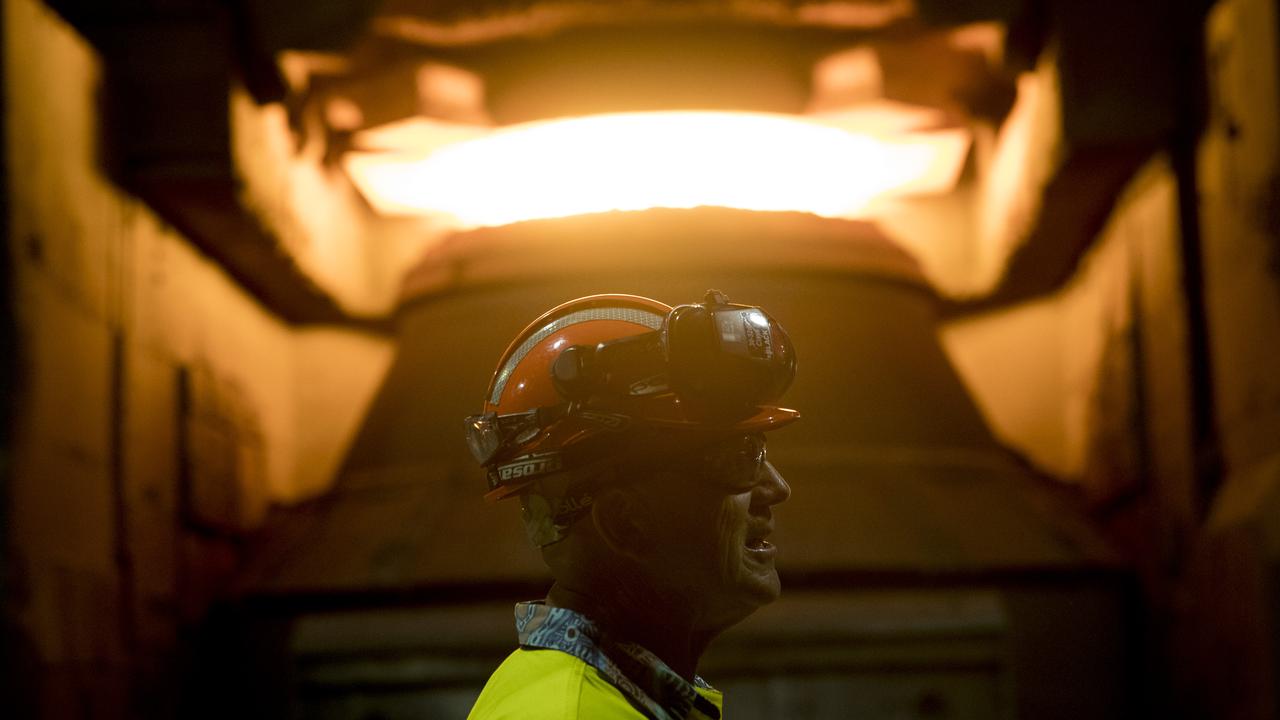Miranda Devine: Happy days in NYC - if you can dodge all the violence and crime
It’s back to the terrible days of the 1970s for New York City, where deadly violence is rampant and authorities seem to have few notions about how to deal with it, writes Miranda Devine.
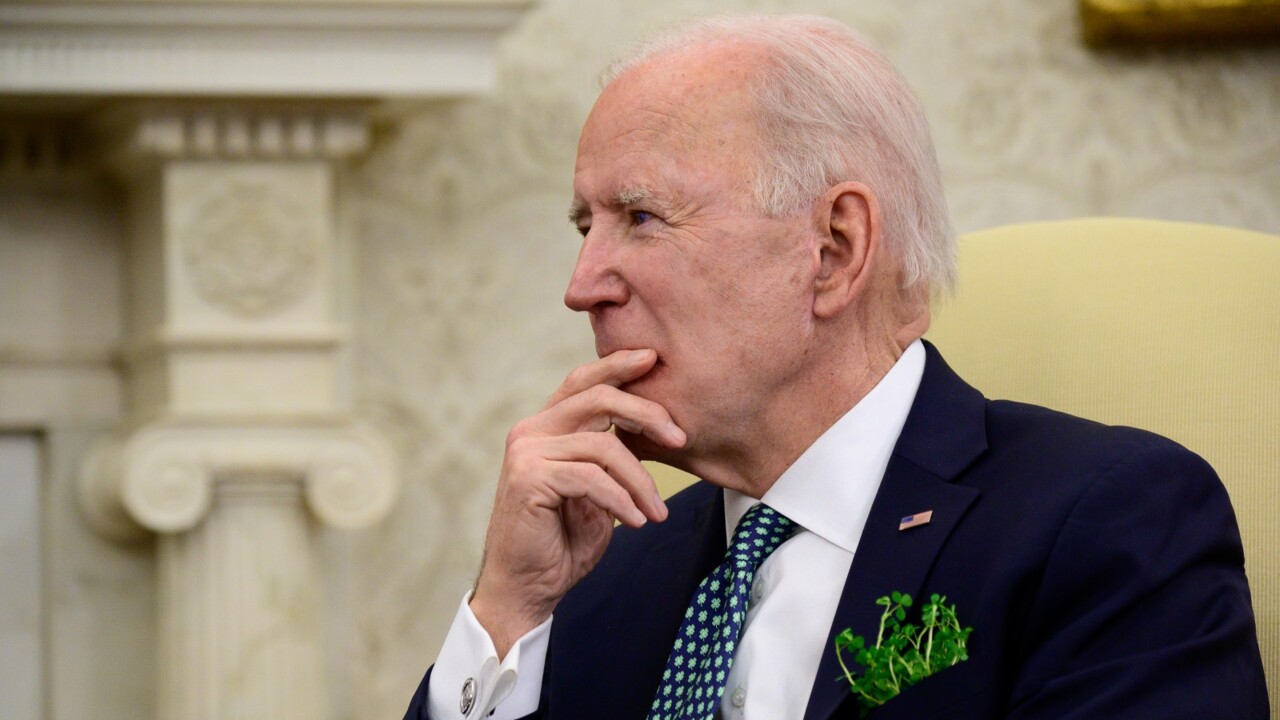
Opinion
Don't miss out on the headlines from Opinion. Followed categories will be added to My News.
On my phone is an app called Citizen, which sends you notifications every time a crime is committed in your neighbourhood. I’ve had to turn it off.
When you live in New York in 2021, you don’t need an app to warn you about menace every five minutes.
It’s all around you, in the signs of chaos and disorder along the cracked footpaths and potholed streets. The fragrance of marijuana hangs heavy in the air, stifling the spring notes of cherry blossom, but still a pleasant alternative to the stench of human excrement and rotting garbage.
And it’s not even summer yet, when odours explode in a sickly-sweet medley unique to New York.
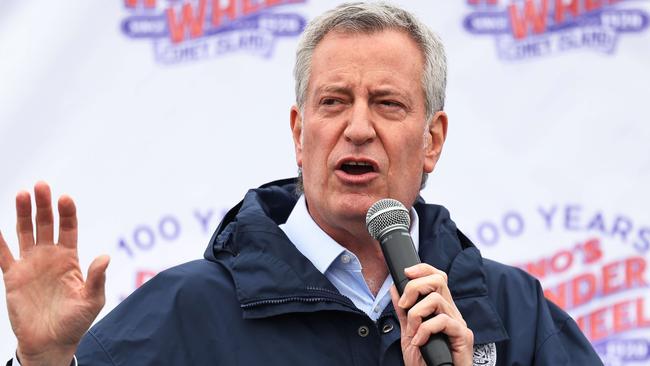
You have to be careful where you walk, dodging the brown stuff, looking straight ahead, not sideways, at the man with his pants around his ankles, not invading the privacy of people passed out on the footpath, but still with situational awareness at high alert.
Don’t take the short cut through the Marriott carpark, just in case. Don’t get caught in the narrow chute under scaffolding on Broadway where you have nowhere to escape if an unfriendly person comes your way.
There are lots of sad eyes living on the street but even the gentlest person can become a crazed maniac when they’re high.
Forget broken windows. There’s scant policing of drug or disorder crimes any more under the reign of lame duck mayor Bill de Blasio and embattled Governor Andrew Cuomo, who just decriminalised marijuana.
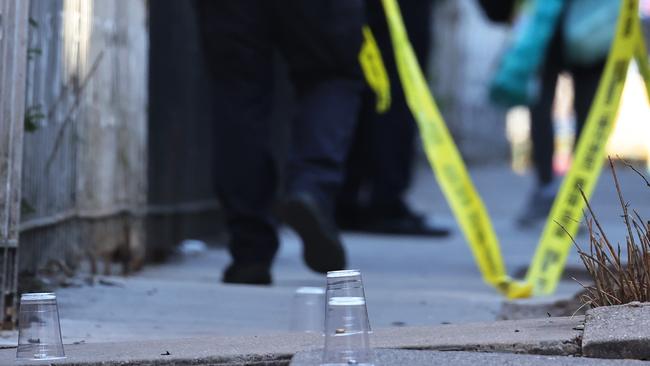
Without tourists and office workers, mid-town became zombietown-meets-Bladerunner through the pandemic — though with half the adult population at least part vaccinated, double decker tour buses have started to make a comeback in recent weeks, with a few hardy visitors braving the bullets of Times Square.
I’m not even joking. A tourist from Kansas City was hit in the shoulder by a stray bullet two weeks ago on Eighth Avenue after watching the New York Mets baseball game against the Philadelphia Phillies.
“I was having such a great time until this happened,” Chris Ruby, 44, told a local TV station. As I write, the Citizen app is reporting that, 36 minutes ago, a woman was slashed with a knife.
A little earlier, police report a residential burglary, a women pepper-sprayed and robbed, a man on the A train trying to light fires.
“Man with Knife”, “Group protesting”, “Officer Injured in Vehicular Assault”, “Man Armed with Razor”, “Man Assaulting Man on Street”, “Two People Fighting in CVS [pharmacy]”, “Man Assaulted by Three Women”, “Fist Fight, “Person Barricaded in Hotel Room”, “Report of Dispute Involving Gun” — that last one was right on my corner.
Just another night in the life of Hell’s Kitchen, the formerly gentrifying neighbourhood west of Times Square, which is living up to its name in more ways than one.
“Hell’s Kitchen residents fear summer of the ‘living dead’ as homeless crisis explodes,” reads the front page of the New York Post.
A little further afield, in Queens, and a couple of hours earlier, the Citizen app reported: “Woman Shot Near Walgreens”.
In Brooklyn, “Woman Shot Outside Tesla Dealership”. In Crown Heights, “Man Critically Injured in Shooting Inside Vehicle”. In the Bronx, “18-Year-Old Fatally Shot”.
The NYPD reports that 31 New Yorkers were gunned down over the weekend, a 257 per cent increase from the same period last year.
And last year was bad — almost double the number of shootings compared to 2019 and a 45 per cent increase in homicides.
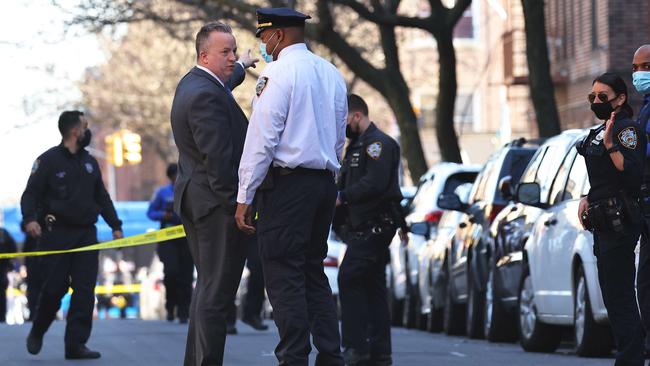
The shootings over the weekend left one 18-year-old dead, another man in critical condition and a former NYPD officer shot in the stomach by a stray bullet as she waited in line to get into a party on the rooftop of that Tesla dealership in Brooklyn.
All is not well in the Big Apple. But at least we’re wearing our masks.
The pandemic has closed down at least one in three storefronts in my immediate neighbourhood along Ninth Avenue in Hell’s Kitchen, mainly restaurants and bars.
A few old stalwarts, like Empanada Mama, have reopened after the lockdown, but some have closed their doors forever.
Mayor de Blasio, whose term cannot be over soon enough, has stuffed the city’s homeless, mentally ill, drug addicts and a good chunk of its prison population into hotels in residential areas around the city, causing complaints from locals, especially from the “wine moms” and “Nieman Marxists” of the Upper West Side.
Housing registered sex offenders opposite a school does seem slightly careless.
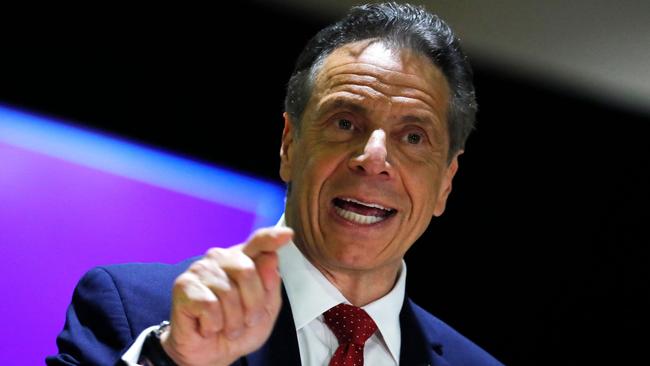
The biggest number landed in Hell’s Kitchen: 10 homeless hotels “turn nabe into cesspool”, in the inimitable words of the Post.
Worst is the notorious Skyline Hotel on 10th Avenue, where drug dealers, pimps and assorted predators loiter outside, just steps from three high schools on 50th Street.
The Post found two Level 3 sex offenders — the most dangerous classification — living there.
Police are called out to the hotel about four times a day for offences such as public defecation, open-air sex, drug abuse, theft and random violence.
It is one of the great mysteries of New York that there is so much public defecation since the advent of these repurposed hotels.
After all, each room has an ensuite bathroom which surely would be more comfortable.
Restaurants in the area are screaming blue murder, with one bar manager last week releasing surveillance camera footage of a couple smoking crack and having sex (not at that moment) in broad daylight outside his cellar doorway, down a half-flight of stairs from Ninth Avenue.
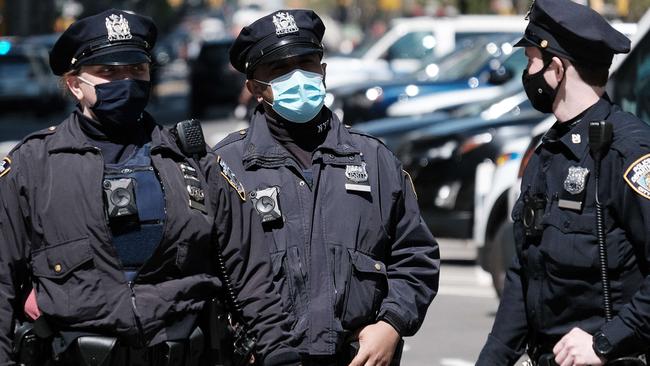
But de Blasio seems in no hurry to move the homeless back to community shelters where they can more easily access mental health and addiction services.
His donors are the hotel owners and, with no tourists, they’re just happy for the steady income from taxpayers.
Who cares if the ensuing chaos drives away residents, at least 300,000 of whom won’t be coming back. Their exodus just drives down property prices, which enriches another de Blasio donor demographic, property developers.
Happy days!
Miranda Devine is in New York for 18 months to cover current affairs for The Daily Telegraph




